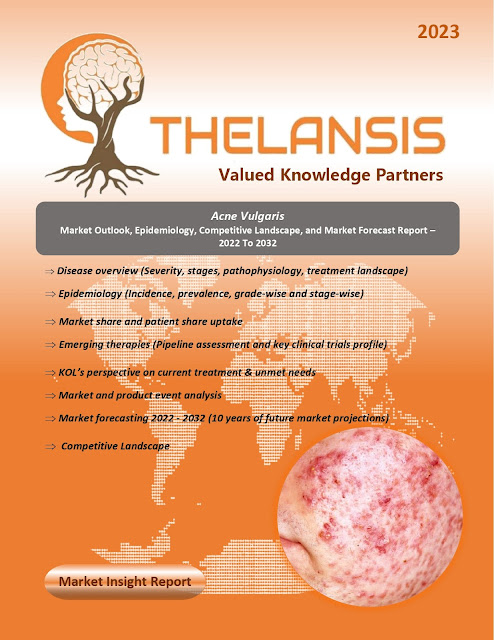Acute Non-Lymphoblastic Leukemia – Market Outlook, Epidemiology, Competitive Landscape, and Market Forecast Report – 2022 To 2032
Acute Lymphoblastic Leukemia (ALL) is a malignancy of B or T lymphoblasts characterized by uncontrolled proliferation of abnormal, immature lymphocytes and their progenitors, which ultimately leads to the replacement of bone marrow elements and other lymphoid organs resulting in a characteristic disease pattern. Patients with ALL typically present with symptoms related to anemia, thrombocytopenia, and neutropenia, including fatigue, easy bruising or bleeding, and infections. Additional symptoms like fever, night sweats, and unintentional weight loss (B-symptoms) may also be present, although they may be mild. Physical examination may reveal hepatomegaly, splenomegaly, and lymphadenopathy. The exact cause of ALL remains unknown. However, exposure to environmental factors such as benzene, ionizing radiation, or previous chemotherapy or radiotherapy has been implicated as risk factors. ALL is not considered a hereditary disease, and no screening programs have been established. The World Health Organization (WHO) classifies ALL into three categories: Pre-B-cell ALL, B-cell ALL, and T-cell ALL. Pre-B-cell ALL is the most common form, accounting for 75-80% of adult cases, and occurs in the early stages of B-lymphocyte development. B-cell ALL is less common, accounting for 3-5% of adult cases, and occurs in more mature developing lymphocytes. T-cell ALL is the least common, accounting for 20-25% of cases, and occurs in developing T-cells. T-cell ALL is commonly associated with a high white blood cell count and central nervous system involvement at diagnosis. Treatment for ALL involves a two-stage approach, including remission induction and therapy to prolong remission duration. During remission induction, cytotoxic drugs are administered to return normal hematopoiesis. During the second stage, treatment is administered to prolong remission duration.
·
In the USA, the incidence of ALL is estimated
to be 3.4 per 100,000 annually.
Thelansis’s “Acute Non-Lymphoblastic
Leukemia Market Outlook, Epidemiology, Competitive
Landscape, and Market Forecast Report – 2021 To 2032" covers disease
overview, epidemiology, drug utilization, prescription share analysis,
competitive landscape, clinical practice, regulatory landscape, patient share,
market uptake, market forecast, and key market insights under the potential Acute
Non-Lymphoblastic Leukemia treatment modalities options for eight major markets
(USA, Germany, France, Italy, Spain, UK, Japan, and China).
KOLs insights
of Acute Non-Lymphoblastic Leukemia across 8 MM market from the centre of
Excellence/ Public/ Private hospitals participated in the study. Insights
around current treatment landscape, epidemiology, clinical characteristics,
future treatment paradigm, and Unmet needs.
Acute Non-Lymphoblastic Leukemia Market Forecast Patient
Based Forecast Model (MS. Excel Based Automated Dashboard), which Data Inputs
with sourcing, Market Event, and Product Event, Country specific Forecast
Model, Market uptake and patient share uptake, Attribute Analysis, Analog
Analysis, Disease burden, and pricing scenario, Summary, and Insights.
Thelansis Competitive Intelligence (CI) practice
has been established based on a deep understanding of the pharma/biotech
business environment to provide an optimized support system to all levels of
the decision-making process. It enables business leaders in forward-thinking
and proactive decision-making. Thelansis supports scientific and commercial
teams in seamless CI support by creating an AI/ ML-based technology-driven
platform that manages the data flow from primary and secondary sources.



%20Market%20Outlook%20and%20Forecast.webp)
Comments
Post a Comment